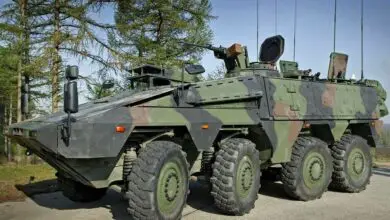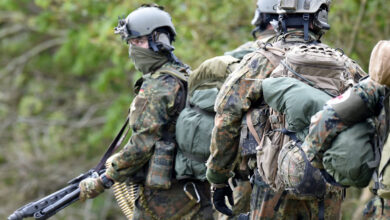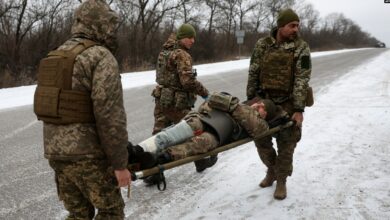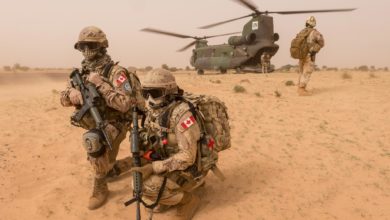NATO Afghanistan mission stops releasing data on Taliban territory control
The U.S.-led NATO mission in Afghanistan has stopped releasing key data on how much of the country falls under insurgent or government control, the U.S. Special Inspector General for Afghanistan Reconstruction said Wednesday, the latest war metric to fall from public view.
NATO’s Resolute Support mission previously gave a running tally on who controlled or was contesting Afghanistan’s districts, and the percentage of the Afghan population this reflected.
Resolute Support “formally notified SIGAR that it is no longer assessing district-level insurgent or government control or influence,” the April 30 report said.
U.S. officials would frequently refer to the data to underscore battlefield success, but according to SIGAR, Resolute Support now says these district-stability assessments are “of limited decision-making value to the [mission] commander.”
Resolute Support added that there is currently no other product or forum through which district-level control data is communicated to the command, according to SIGAR.
The last data Resolute Support provided showed the percentage of Afghans living in areas controlled or influenced by the Kabul government slipping from 65.2% to 63.5%.
The downward slide undermined predictions that 80% of the population would be under government control by the end of this year.
SIGAR head John Sopko said the decision to withhold the data nurtured suspicion.
“When you start hiding things like this, over-classifying … You tend to create cynicism in your populace and everybody else that you’re losing, or it’s bad news,” Sopko told journalists ahead of the SIGAR report’s release.
At the request of the Afghan government, Resolute Support has also agreed to stop publishing casualty figures for Afghan security forces.
The numbers showed massive losses for the local forces, reaching several thousand per year.
SIGAR’s report also noted that violence in Afghanistan had increased 19% between November 2018 and the end of January, compared to the previous quarter.
The uptick comes even as the United States tries to negotiate a peace settlement with the Taliban.
A new round of talks between the insurgents and U.S. peace envoy Zalmay Khalilzad is expected to start in Qatar on Wednesday, according to the Taliban.
But SIGAR noted that the “latest data from the few remaining publicly available measures of the security situation in Afghanistan – enemy-initiated attacks, general ANDSF casualty trends, and security incidents – show that Afghanistan experienced heightened insecurity over the winter months while the United States and the Taliban held talks in Qatar, thus far without the participation of the Afghan government.”
A possible deal to end the 17-year-old war would see foreign forces leave Afghanistan in return for the Taliban guaranteeing the country could not be used as a safe haven for terror groups.
But for an enduring peace, any deal must include the Afghan government, and so far they have not been included in talks.
Afghan government sends reinforcements to battle Taliban in Ghazni
With reporting from AFP











